Film Buff Series “D” Films of 1948, 1988-1989 at OISE
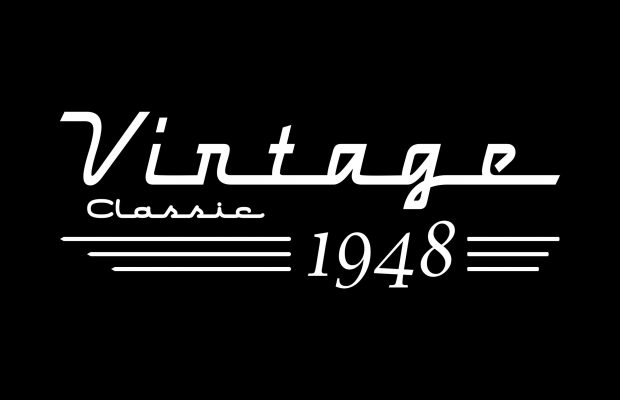
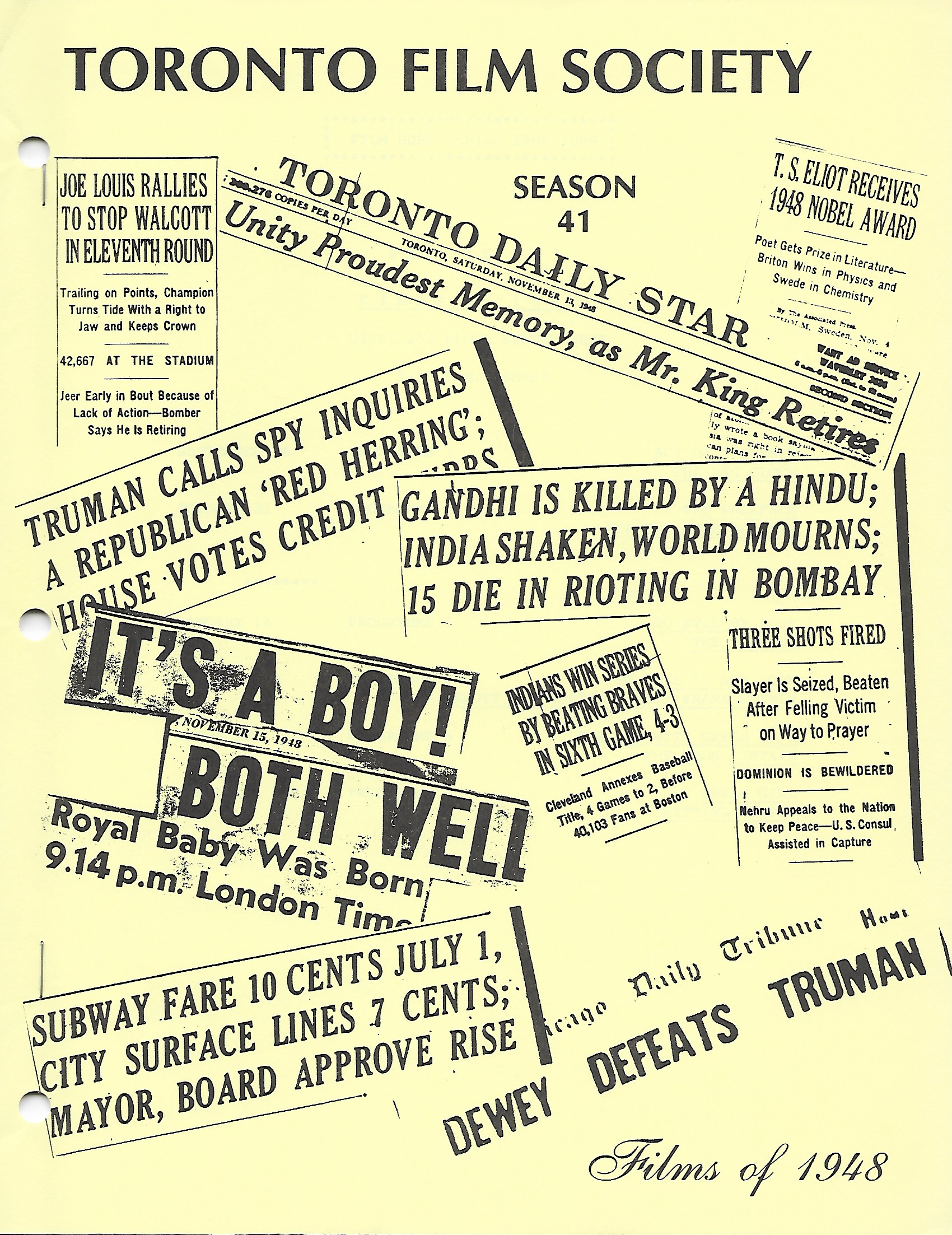
Programme 1: Act of Violence and The Big Clock
Programme 2: The Paleface and For the Love of Mary
Programme 3: So Evil My Love and Pitfall
Programme 4:So This is New York and Abbott and Costello Meet Frankenstein
Programme 5: The Boy With Green Hair and The Iron Curtain
Programme 6: Dream Girl and Sitting Pretty
What sort of year was 1948? As our front cover reminds us, it was not short on news. Gandhi was assassinated. War raged in the British mandate in Palestine, which was partitioned to form the State of Israel, whereupon immediate war broke out between the Israelis and their Arab neighbours. It was a U.S. Presidential election year, and the year of the Hiss case. A Canadian election, too, loomed, with the retirement of our longest serving prime minister; the opposition party–the Conservatives this time, not yet progressive–had already met in 1948 to jettison one leader and anoint another. In Britain, for the first time since 1894, there was a birth in direct line of succession to the throne. In Prague, Jan Masaryk jumped–or was pushed–from a window, as the Iron Curtain came down, with each succeeding act, further and further to the west. In Toronto, a small group of cineastes met to form the Toronto Film Study Group, which would be the forerunner of Toronto Film Society.
Forty years later, many things have changed, to remain much the same. Assassination is still a commonly used device for getting rid of leaders. There is still shooting in Gaza. Alger Hiss, at 85, is still writing self-justifying memoirs. Elections loom in both Canada and the United States, though polling techniques–so the pollsters assure us–are much more reliable these days; the Canadian opposition party–the Liberals this time, full of grit–is still given to leadercide. Princes and princesses are still born in the line of succession. And a small group, not as small as in 1948, but by degrees dwindling towards that point, still meet as Toronto Film Society.
What is different, aside from the radical changes in the Canadian population, in the nature of Toronto, and in the price of houses and everything else–is the films themselves. The topgrossing films of 1948–The Road to Rio, Easter Parade, and Red River–were not as gross as, though more engrossing than, the films of 1988. Our Film Buff series bring back films which often buffer us from reality, but not films in which everybody is in the buff! The three top box-office stars of 1948 were Bing Crosby, Betty Grable, and Abbott and Costello: a singer, a dancer, and a comic duo. The Academy Awards went to Hamlet, the first time an UnAmerican film had won the Best Picture Oscar, and to Monsieur Vincent, a biography of St. Vincent de Paul. Forty years later, the likes of Godard are fiddling around with Shakespeare, and the most notable film on a religious subject is The Last Temptation of Christ. Anyone for the time machine?
Our series, of course, however irresistible the prospect might be, is not an exercise in self-pitying nostalgia. While we have shown many of the best films of 1948–Letter From an Unknown Woman, Red River, Easter Parade and Fort Apache and much more–in recent years, what is left is a rich store. It tells us much about an interesting year.

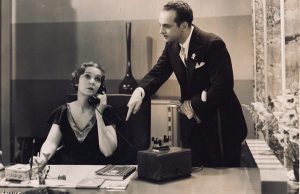
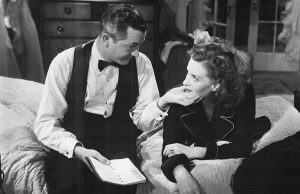
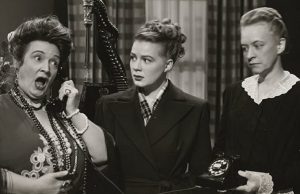






Leave a Reply